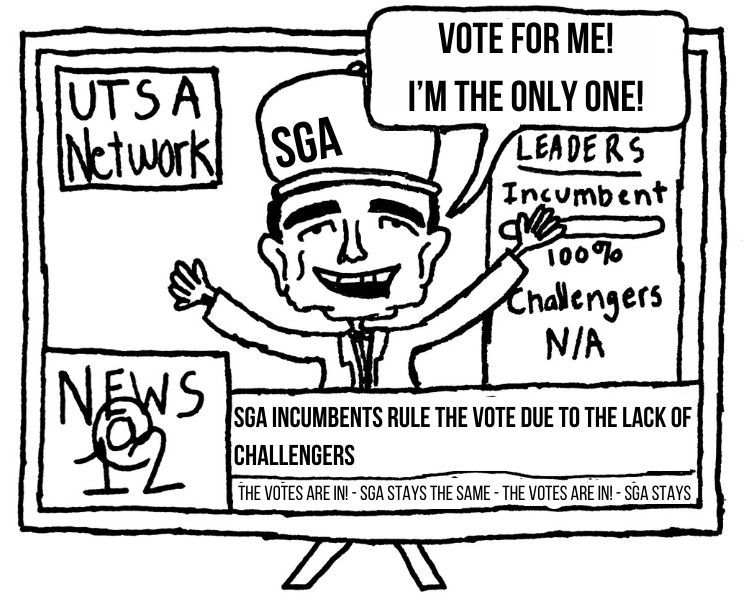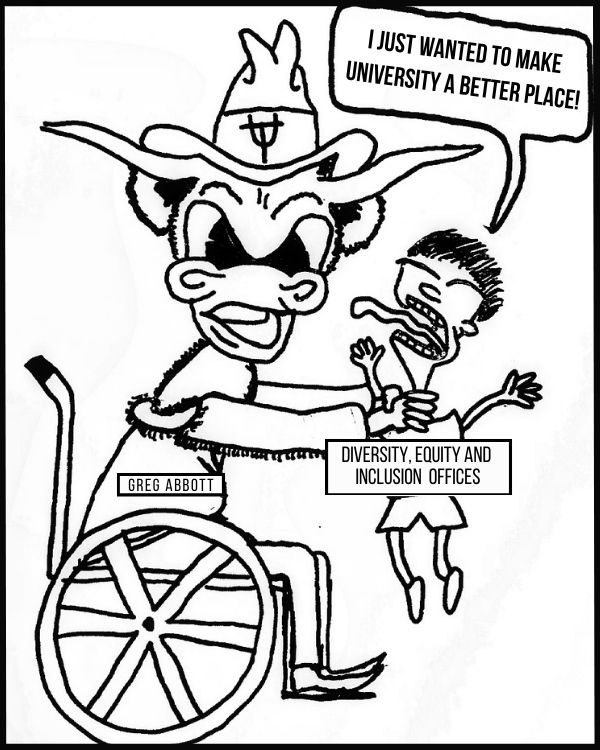UTSA has proclaimed that the Fall 2013 freshman class is its best ever, and a quick look at the enrollment statistics makes this hard to dispute — over sixty percent graduated in the top quartile of their high schools, and the sixty percent acceptance rate is on par with well-respected research institutions. But numbers aren’t everything, and looking only at the numbers means UTSA is likely missing out on successful students just because they don’t meet narrow admissions criteria.
When considering an applicant for admission, UTSA looks at two measures of success: what quartile of their high school class a student graduated in, and their ACT and SAT scores. A student who graduated in the top quartile of their graduating class is automatically admitted, and students in the second quartile are automatically admitted if they scored an 1100 or higher on their SAT (excluding the writing portion of the test). All other candidates are considered by a committee only if they meet a specific threshold on their SAT scores.
That’s it. Anyone who was not in the top quartile of their graduating class must depend entirely on their test scores just to get their foot in the door and be considered for admission to UTSA.
While the SAT has come under its fair share of criticism — some pundits quip that the only thing the SAT measures is a student’s ability to pass the SAT — it has also evolved since its inception decades ago. Famously, it added a writing portion in 2005 that increased the perfect score from 1600 to 2400. On March 5 it was announced that beginning in 2016 students will no longer be penalized for wrong answers and that the vocabulary would be updated to represent words more commonly used in college courses; the test will also revert back to the 1600 point scale because the writing portion will be optional.
While the SAT must keep pace with the changing education landscape (and the $2 billion a year test preparation industry), it has been proven time and again that the test is hardly an indicator of success in college. A recent study found that high school GPA is a much better indication of success, and there remains significant scoring disparities when comparing gender, race and family income. Many bright students may also just perform poorly on standardized tests. Surely schools like UTSA can find a more accurate way to screen students than looking at how well they performed for four hours early on a Saturday morning.
Basing its admissions standards on only two criterions leaves UTSA vulnerable to missing successful students who may slip through the cracks. A student who graduates from an especially competitive high school has less of a chance of being in the top quartile of their class, and only having their standardized tests scores to fall back on leaves them at a disadvantage compared to other applicants. Measuring a student’s college readiness based on one test score has already proven to be a mediocre practice at best.
As UTSA continues to recruit more top caliber talent, it needs to look at more than just the scores. Many talented students will not be considered simply because they couldn’t make the cut on a standardized test that is not a reliable indicator of college success. Standardized tests can still be useful tools when considering applicants, but shutting the door on students before considering their leadership experience or their letters of recommendation means UTSA is letting talented but unconventional students fall through the cracks. UTSA should see applicants as prospective members of a diverse student body, not just numbers on a page.

















